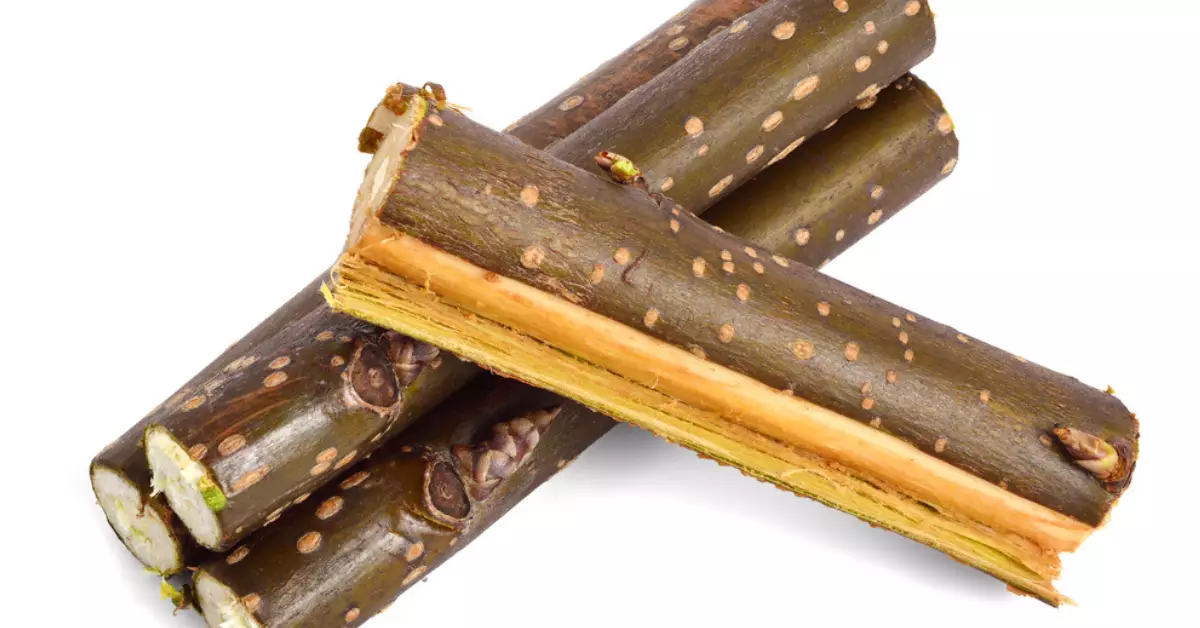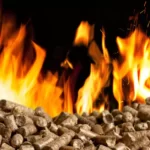Wood smoking is an age-old tradition that adds incredible flavor and aroma to meats. Among the numerous types of woods used for this purpose, Hackberry has emerged as a somewhat hidden gem. Derived from the tree scientifically known as Celtis occidentalis, Hackberry is native to North America. It belongs to the family of Cannabaceae, which interestingly also includes Cannabis and Hops. Hackberry wood exhibits a dense structure, making it a slow burner – an ideal characteristic for smoking.
A question that often comes up among barbecue enthusiasts is the suitability of Hackberry for smoking meat. In essence, Hackberry, when used correctly, can yield wonderfully flavored smoked meat. It imparts a subtly sweet and fruity flavor that enhances the meat’s taste without overpowering its natural flavors. The delicate balance it maintains makes it a preferred choice among many.
A deeper look into the properties of Hackberry will reveal why it’s a worthy contender in the smoking wood world. Its distinctive qualities, coupled with its accessibility in many regions, makes it a fascinating topic of discussion, especially for those invested in the art of smoking meat.
Hackberry in the World of Smoking
Unique Qualities of Hackberry for Smoking
As a wood for smoking, Hackberry holds some unique qualities that set it apart from other popular smoking woods. Its mild flavor profile, slow burn rate, and consistent heat generation make it a viable option. The slow burn rate and consistent heat make it excellent for long smoking sessions, ensuring the meat is evenly cooked and infused with the desirable smoky flavor.
Flavor Profile of Hackberry Smoke
Hackberry, when used for smoking, produces a mild, slightly sweet, and fruity flavor. This subtle flavor doesn’t overpower the meat’s natural taste, making it an excellent choice for those who prefer a more delicate smoke flavor. It pairs exceptionally well with poultry and fish, enhancing their natural flavors without overwhelming them.
Comparison with Other Woods for Smoking
Hackberry vs. Popular Smoking Woods
When compared with other popular smoking woods like Hickory, Mesquite, or Applewood, Hackberry is less intense. While Hickory and Mesquite are known for their strong and robust flavor profiles, Hackberry offers a milder and subtler experience. Those who find the robustness of Hickory or Mesquite overpowering will find Hackberry to be a pleasant alternative.
Factors to Consider When Choosing Smoking Woods
Selecting the right wood for smoking is crucial, as it directly impacts the flavor of the meat. The meat’s type, the flavor intensity you prefer, and the wood’s availability are some key factors to consider. As an example, Hackberry, with its mild flavor, is best for lighter meats like poultry or fish.
Hackberry’s Influence on Different Types of Meat
Impact on Red Meats
For red meats like beef and lamb, Hackberry can be a good choice if a lighter smoke flavor is desired. Its subtle sweetness can complement the rich flavors of these meats. However, it might not provide the strong smoky flavor that some BBQ enthusiasts seek with red meats.
Influence on Poultry and Fish
Where Hackberry truly shines is when it’s used to smoke poultry and fish. The mild and sweet smoke enhances the flavors of these lighter meats without overpowering them. Whether it’s a whole chicken or a delicate fish fillet, Hackberry can add a distinctive, enjoyable flavor to these dishes.
Tips for Using Hackberry for Smoking
Best Practices in Using Hackberry Wood
- Season the Wood: Ensure the Hackberry wood is properly seasoned before using it for smoking. Freshly cut Hackberry wood can contain a high moisture content, which could negatively affect its burning and smoking characteristics.
- Control the Heat: Hackberry burns slowly and steadily, so controlling the heat is critical for successful smoking.
- Mix with Other Woods: For a more complex flavor profile, consider mixing Hackberry with other smoking woods. For example, pairing it with a stronger flavored wood like Hickory or Mesquite can give an interesting depth to the smoke flavor.
Pairing Hackberry with Other Woods
Hackberry, when paired with a stronger wood like Hickory or Mesquite, can offer a multi-layered flavor profile. The combination of the mild sweetness of Hackberry and the robust flavors of these other woods can create a unique and satisfying taste experience.
Health and Environmental Considerations
Is Smoking with Hackberry Safe?
Smoking with Hackberry is generally safe. However, as with any wood, make sure it hasn’t been treated with chemicals or pesticides, as these can be harmful when burned and inhaled. Also, using well-seasoned wood is crucial, as green wood can produce unhealthy smoke.
Environmental Impact of Using Hackberry
As for the environmental impact, using locally sourced Hackberry can be a more sustainable choice compared to imported woods. Additionally, as a fast-growing tree, the environmental impact of using Hackberry is lessened compared to slower-growing species.
Frequently Asked Questions
Can You Mix Hackberry with Other Smoking Woods?
Yes, you can mix Hackberry with other smoking woods to create a more complex flavor profile. It pairs well with stronger flavored woods like Hickory or Mesquite.
Is Hackberry Wood Expensive?
The price of Hackberry wood can vary depending on your location. However, it’s generally more affordable compared to imported smoking woods.
Does Hackberry Produce a Lot of Smoke?
Hackberry, like most hardwoods, produces a moderate amount of smoke. It’s enough to infuse the meat with a smoky flavor without creating an overpowering smokiness.
Conclusion
When it comes to the art of smoking meat, Hackberry has certainly carved a niche for itself. Its unique characteristics – a mild, sweet, and slightly fruity flavor, combined with a slow, consistent burn – make it a worthy contender in the realm of smoking woods. For those seeking a subtle smoke flavor, especially for poultry and fish, Hackberry could indeed be an excellent choice.
In terms of accessibility and affordability, Hackberry often outshines many exotic smoking woods. Especially if sourced locally, it can be a sustainable and economical option for your smoking endeavors. It’s always essential to remember that the choice of wood can significantly influence the flavor of your smoked meat. So, choose wisely, experiment fearlessly, and enjoy the incredible world of smoke-infused flavors.
Finally, while Hackberry makes for a good smoking wood, it’s the skill and passion of the person behind the smoker that truly elevates the experience. Here’s to many delightful smoking sessions with Hackberry and beyond!







